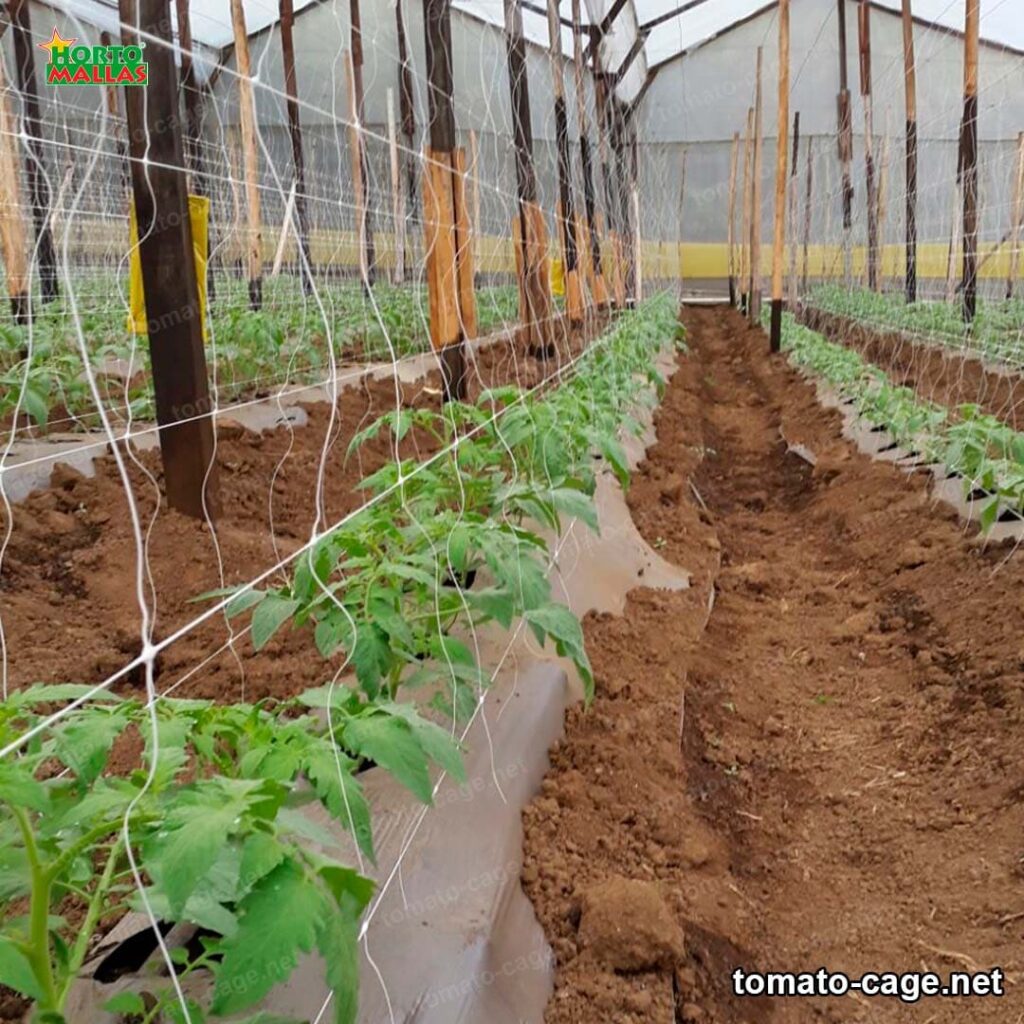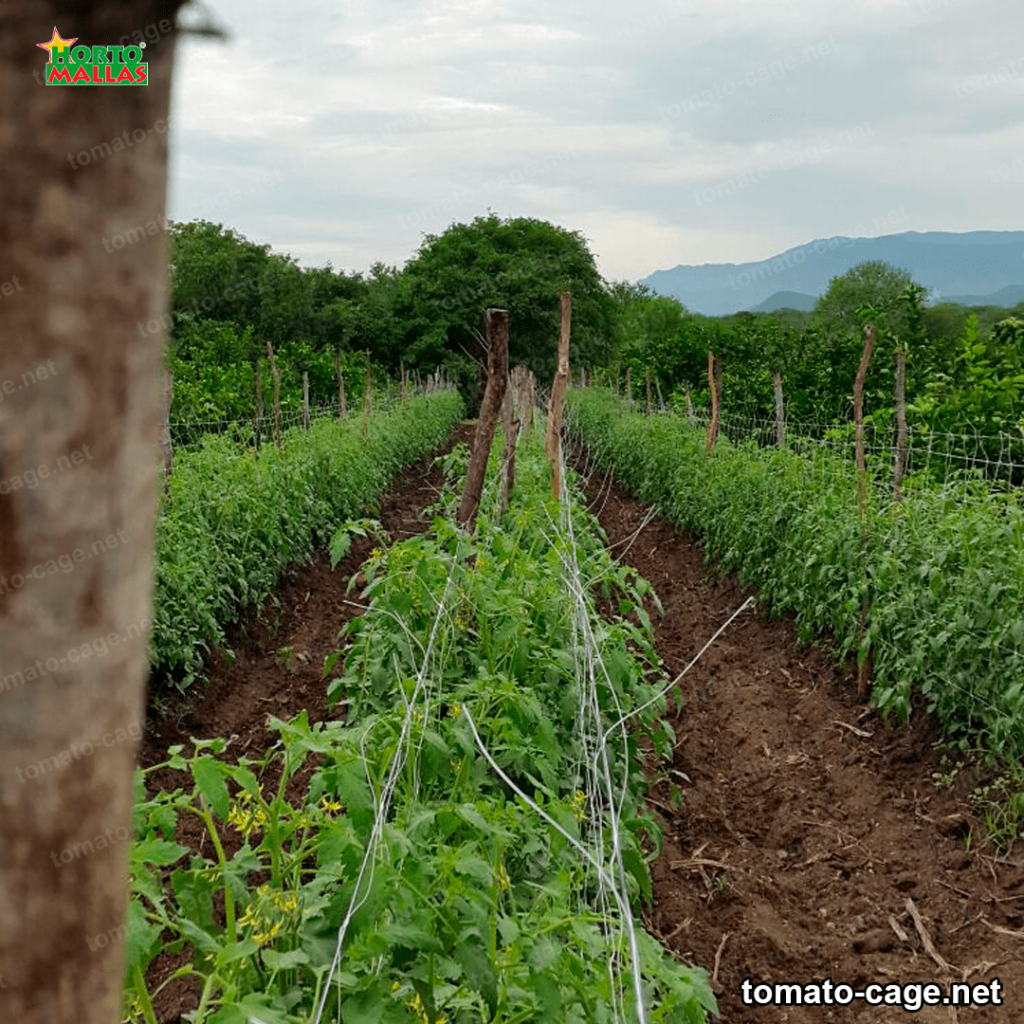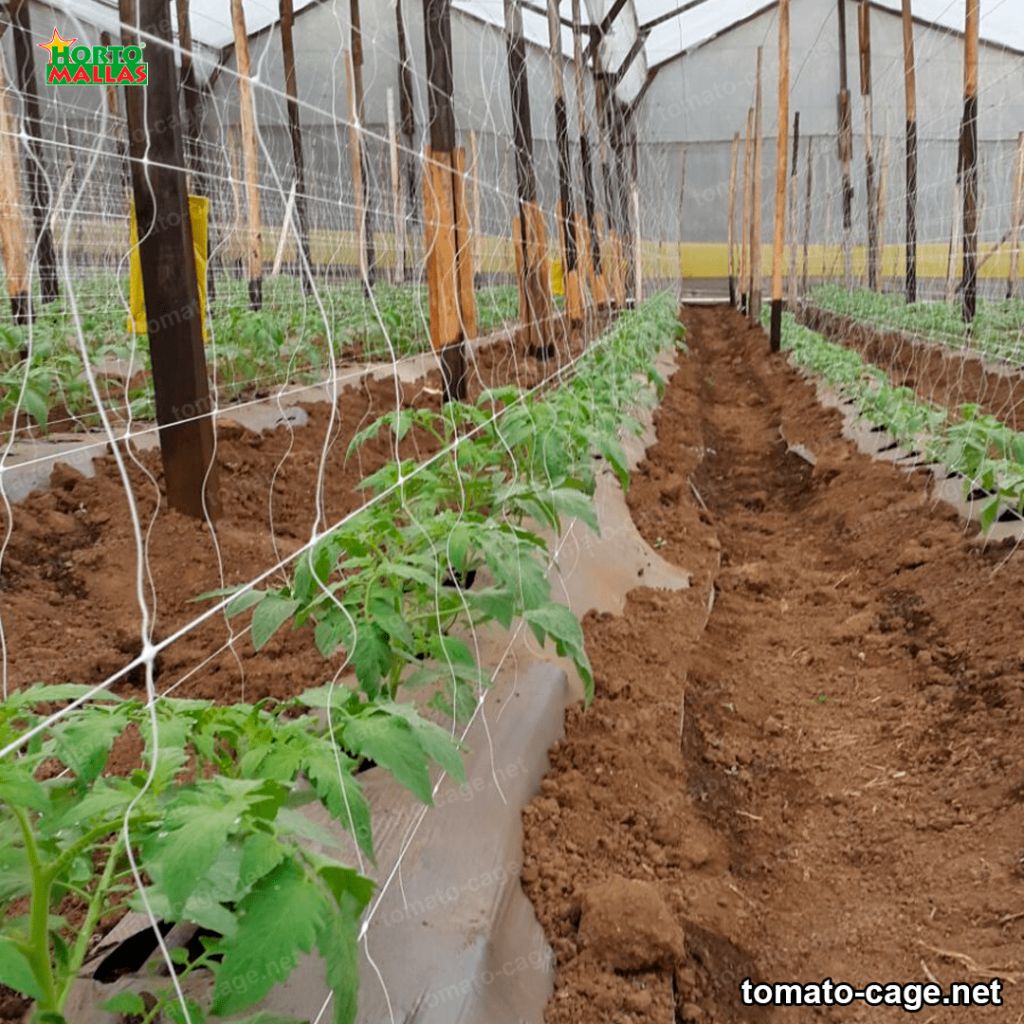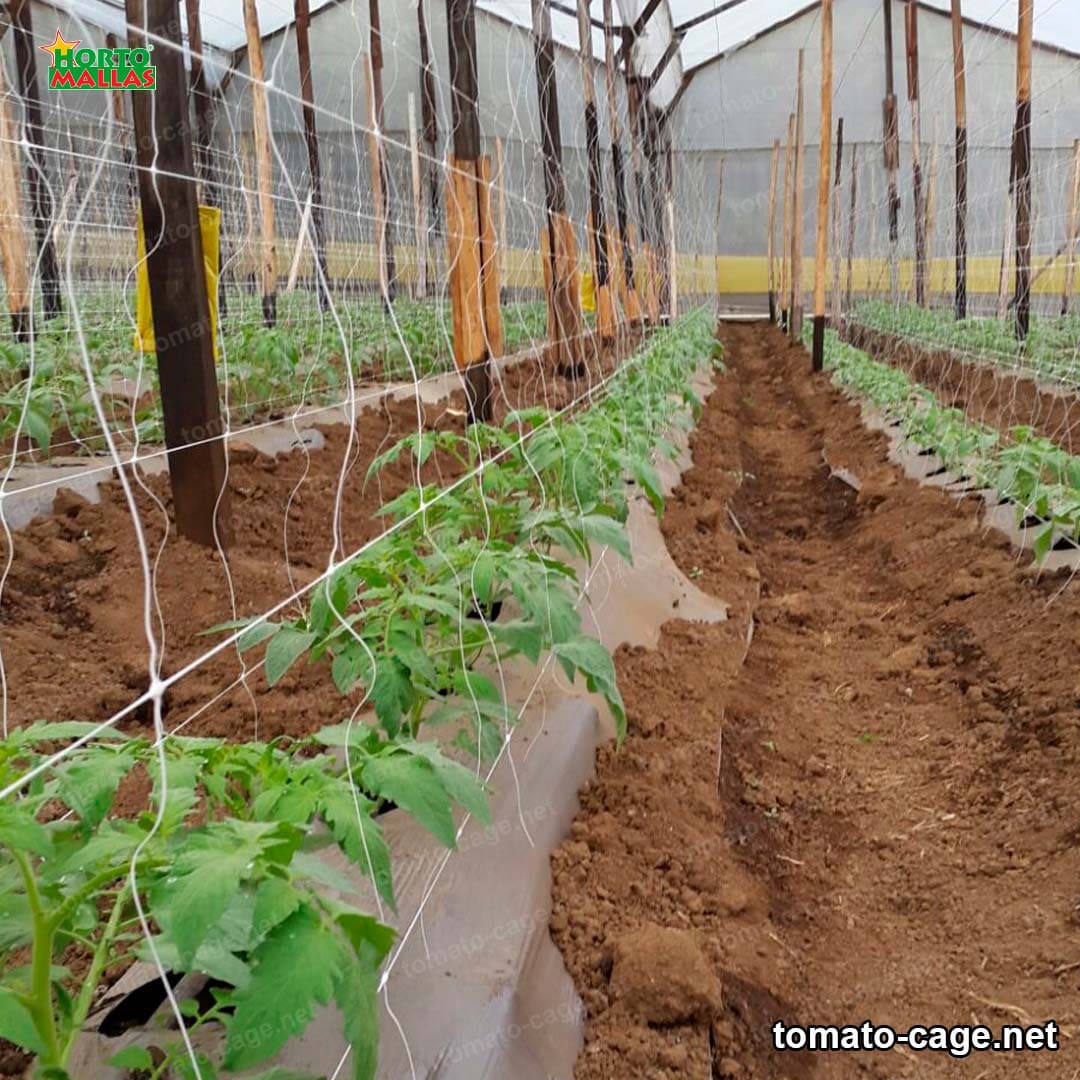The tomato growing cage is a very useful tool for growers, especially when the weather is not suitable for crop management.
A tomato growing cage is a structure designed to help growers grow tomatoes efficiently. These cages are used to contain and support tomato plants to give them a well-structured space in which they can thrive.

These cages are generally constructed of metal wire, treated with a PVC coating, to protect it from the weather and to speed up and improve the life span of the structure. The average size of tomato growing cages depends on the type of plant being grown.
These tomato growing cages are used to provide a shelter that protects the plants from strong wind, rain, snow and frost.
Vertical cylinders are usually placed at the ends of the cage to help growers support the crop for better plant growth and care. The top of the cage is reinforced with horizontal supports mounted inside the cage to form a sturdy frame. Inside the cage, growers add a layer of mulch and fertilizer for the soil and a layer of coarse soil for the plant stems. This helps elevate the plant and nourish it properly. The cage is also used to direct the flow of air and water circulation around the plant, creating an ideal growing environment.
This can be very useful to prevent tomatoes from growing deformed.
In addition, horizontal lines attached to the cage wire are used to add support to the stems and facilitate fruit support.
The U-shaped lines are used for the stronger stems, while the weaker stems are connected to a small pole placed inside the cage. For better plant growth, this, it is also necessary to monitor and perform fertilization practices regularly. This will help growers to identify and prevent health problems that may affect the health of the plant. In addition to this, it is also important to eliminate pests and diseases to maintain the balance of nutrients in the soil.
It is important that the tomato growing cage is well maintained to ensure the best crop performance. The cages also contain optimal conditions to minimize the risk of tomatoes becoming diseased or damaged. Finally, this structure is useful to isolate the tomatoes from other nearby crops, maintaining the quality and health parameters of the tomato to expand in the market.

The cage adjusts to the height of the plant, which allows plant training to be done efficiently and saves the grower time.
It also functions as a barrier to pests and other predators, both terrestrial and flying, providing additional protection to the plants. Once the kiosk is in place, it should be anchored to the ground so that it does not slip during fast seasonal winds.
At harvest time, the cages are responsible for holding the fruit together, making them easier to harvest and providing greater control over quality and presentation. When fruits are sorted for consumption, farmers usually do so without having to enter the cage. Another important point is that the cages were designed to maintain good ventilation, so the tomatoes do not suffer from a lack of oxygen, allowing the fruits to develop and ripen properly. This ensures product quality at harvest time.
The cages comprise a variety of styles and models.
They can be one-piece, semi-permanent, with separate panels, double rings, fences or forks. Each style has its own advantages and disadvantages.
This depends mainly on the amount of land available, the area to be covered and the budget available for purchase. Most of these cages are composed of mesh and wire and are effective in protecting the fruits from predators and keeping the fruits tightly packed together for better picking.
Overall, the tomato growing cage is a way to keep the crop under control and make cultivation a much simpler task. It provides a means to protect the fruit from predators while providing control over the quality and presentation of the product.
Although these cages require an initial investment, the care and maintenance required is minimal compared to the benefits they provide. Therefore, tomato cages are an ideal strategy for growers who want to grow a good crop.
Types of cages for tomato cultivation exist
There are many designs and types of cages for growing tomatoes. These cages help protect the plant against common enemies such as insects, wind, wind throw and animal prey. As these cages often look imposing, there are a few items that will help you select the most suitable one for your crop. One of the types of cages for growing tomatoes is the metal tomato stand.
These cages are made of sturdy metal with flattened ends so that the tomato can be attached without any problems. Dimensions vary, but they are generally about 20 cm wide and 120 cm high. Several designs are available, all made to resist to a greater or lesser extent the effects of wind and rain.
In addition, another additional type of tomato growing cage is the wire support. These cages are made of sturdy wire, although you should make sure that the diameter is not too large to prevent the tomatoes from breaking off easily. These cages are generally 25 to 30 cm wide and 60 to 120 cm high.

A third variety of tomato growing cage is the mesh cage.
These cages are made of a thick braided mesh that gives them great resistance to scratches, wind and rain. The mesh cages are approximately 30 cm wide and 120 cm high to allow good watering. It is important to make sure that the cages are strong enough to prevent the animals from eating the tomatoes.
No matter what the design or material of the cage.
It is important to ensure that the cage is properly secured to the ground to prevent the wind from displacing it. In this way.
Tomatoes are more likely to thrive. It is important to monitor cages promptly to make sure they are in good condition and to detect any damage or signs of danger. This helps maintain a healthy tomato crop and benefits the environment and everyone involved.
